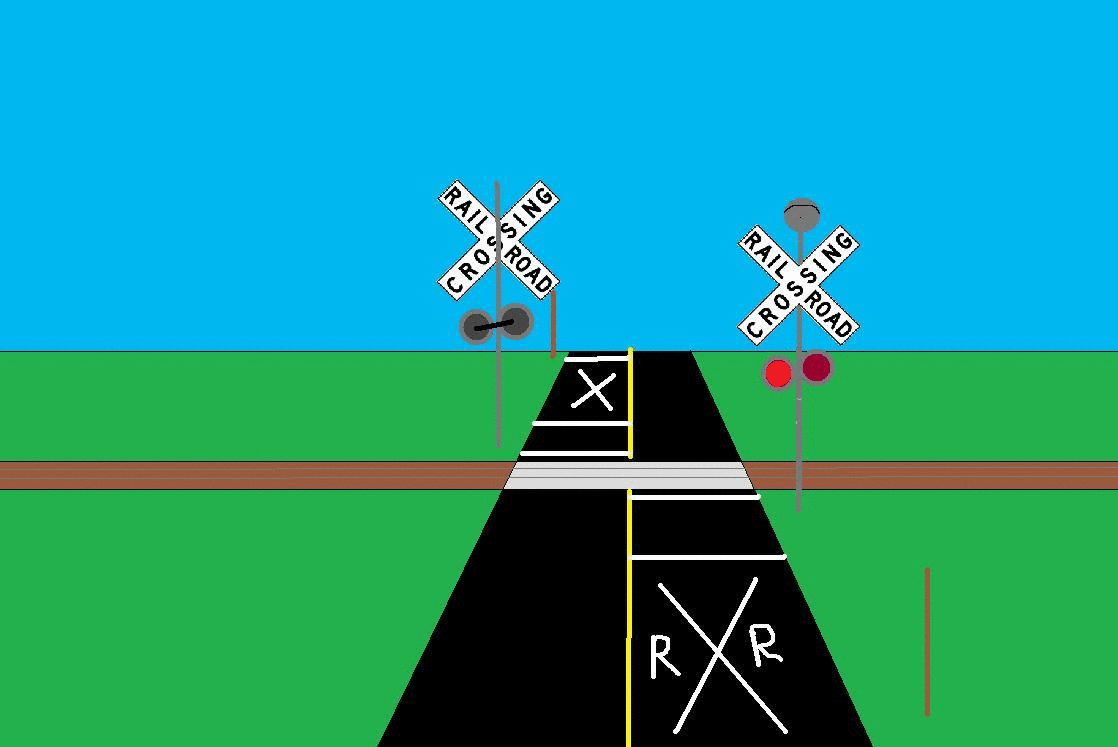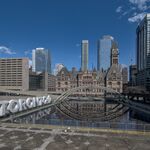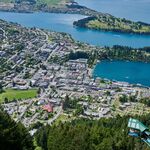felix123
Active Member
That is not the UPX platform, correct? Perhaps it is a photographic illusion, but the platform seems too low.

"TTC is now in discussion with Metrolinx about starting at Level 6, under which trains would run as often as every 3 minutes and 10 seconds. Metrolinx proposed the higher service levels, which would be a major change — the LRT wasn’t expected to reach Level 6 for another 15 years."
It is ludicrous TTC wants to run the line every 5 minutes or so during rush hour. Good on Metrolinx for advocating for rides and bringing it down to 3 minutes or so. In order to get new riders and keep current ridership there needs to be stable and efficient service or else people will continue driving imo.

How often should the Eglinton LRT run? TTC, Metrolinx disagree
Difference over LRT service levels proves an early test of province and city’s ability to get along.www.thestar.com
Realistically the Yonge line can't turn trains around even at 5 minute head ways without serious delays at the end of the line. Sometimes it takes 20min to get from York Mills to finch during rush hour.It is ludicrous that a new subway/LRT operates at 5 minute headway during rush hour at opening after a pandemic that has altered WFH arrangements and passenger volumes? Most mornings I find the Yonge line only achieves a headway of about 4 minutes. If they need a 3min 10sec headway already then they should start operating 3-car trains on day one.
I’m really excited for the station, the heritage element is excellent!
Or maybe capacity actually is going to be a bigger problem overall than expectedIt is ludicrous that a new subway/LRT operates at 5 minute headway during rush hour at opening after a pandemic that has altered WFH arrangements and passenger volumes? Most mornings I find the Yonge line only achieves a headway of about 4 minutes. If they need a 3min 10sec headway already then they should start operating 3-car trains on day one.
Unlikely. They shouldn't be going from a 2031 peak of about 5,000 to tens of thousands anytime soon. The modelling assumed that the line went all the way to Pearson.Or maybe capacity actually is going to be a bigger problem overall than expected
This would be a nice problem for the TTC and other transit agencies after 26 months of pandemic curtailed demand.Unlikely. They shouldn't be going from a 2031 peak of about 5,000 to tens of thousands anytime soon. The modelling assumed that the line went all the way to Pearson.
If capacity is an issue, I'd think the impact to Line 1 at Eglinton would be a bigger problem. Line 5 can be easily fixed by ordering some more LRVs.

Why are railway crossing signals located "near side"? Why are traffic signals in North America generally located "far side", but "near side" in Europe?




